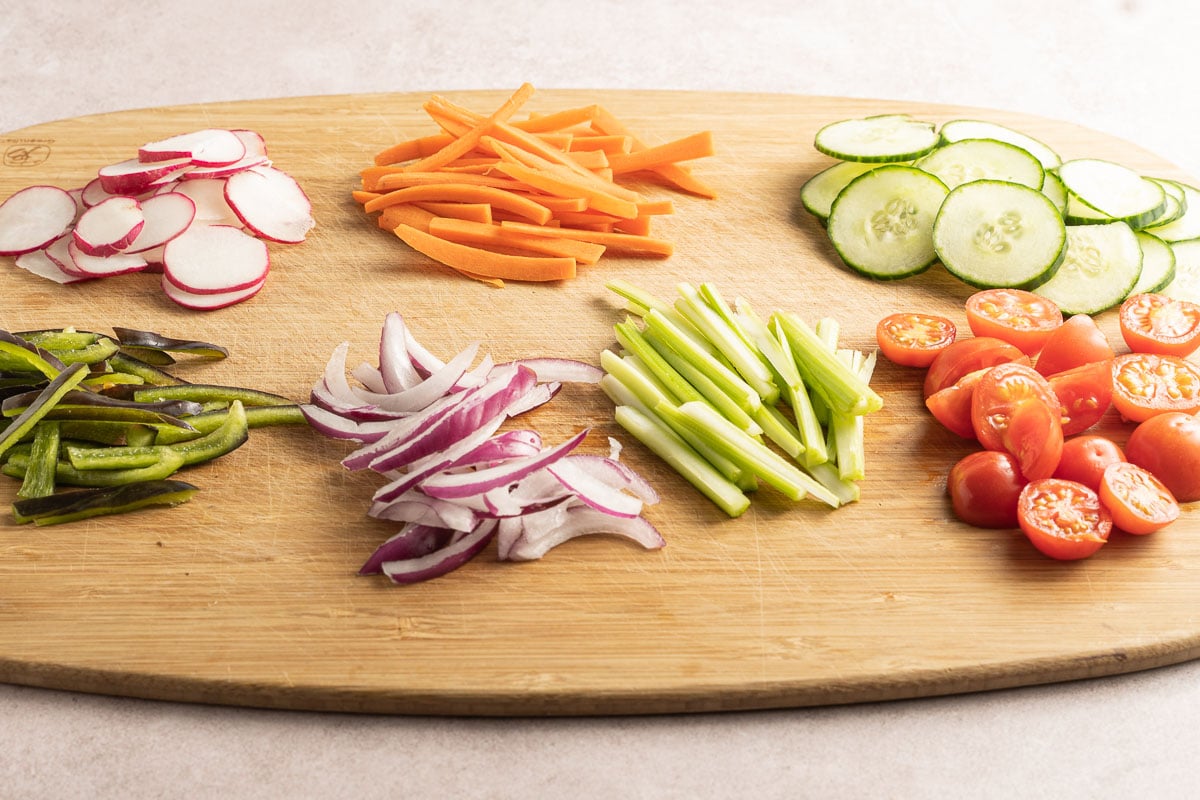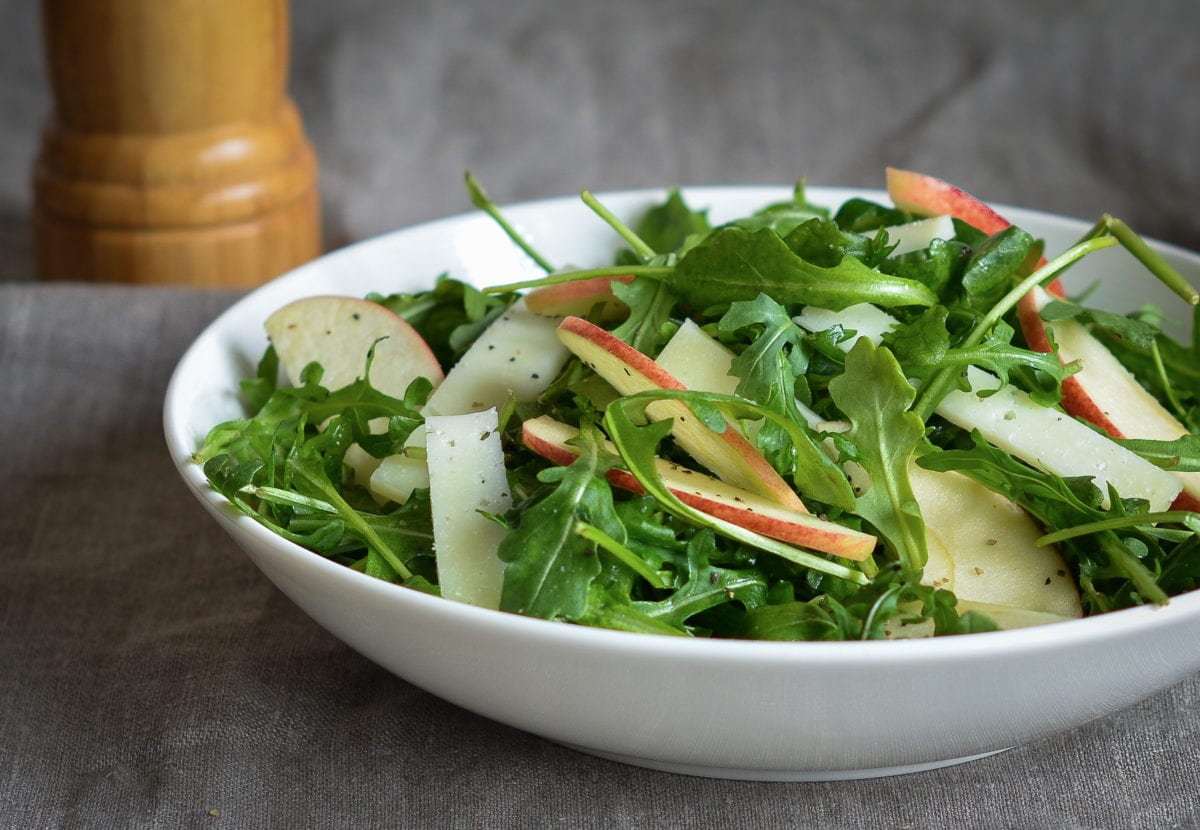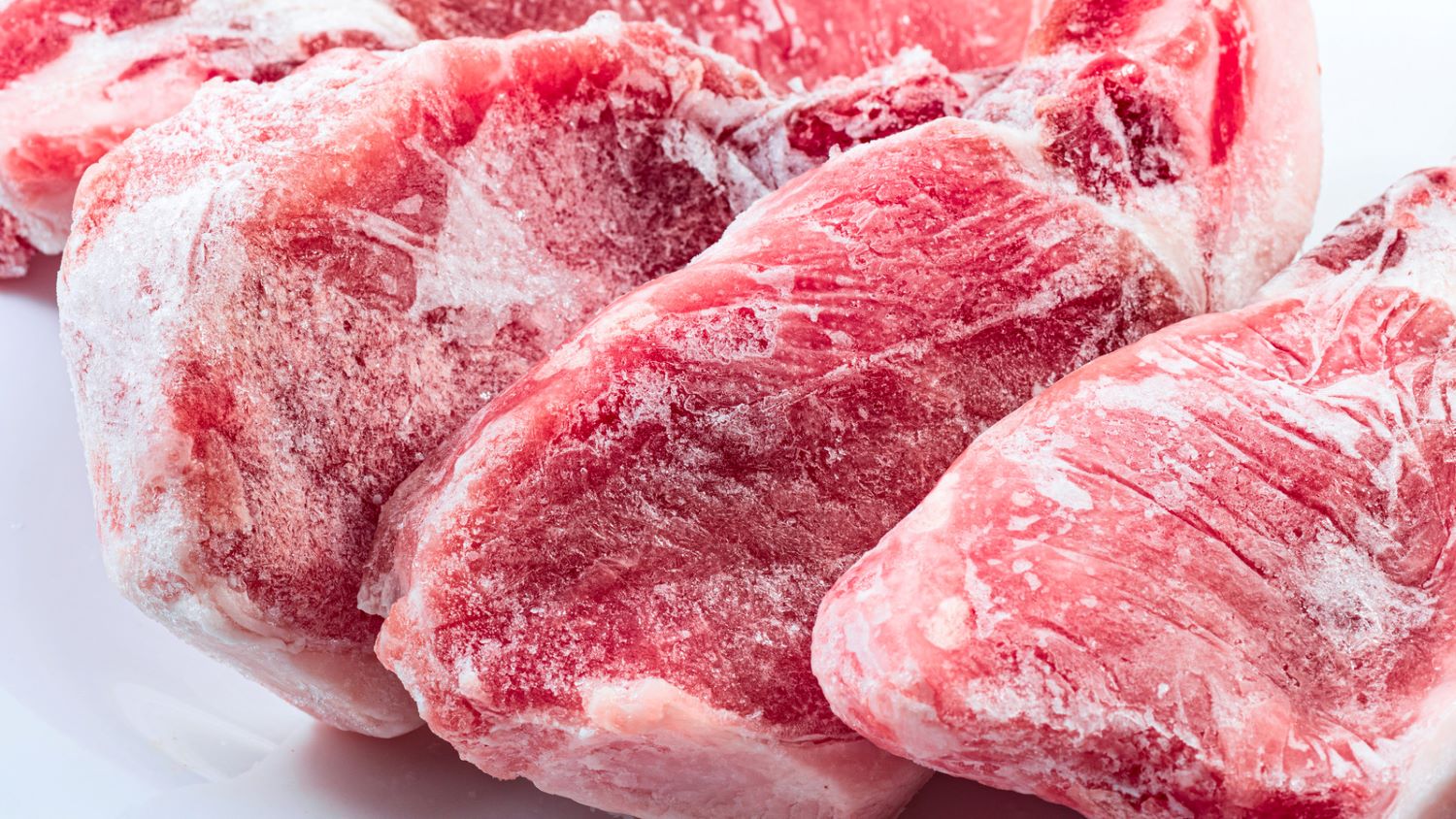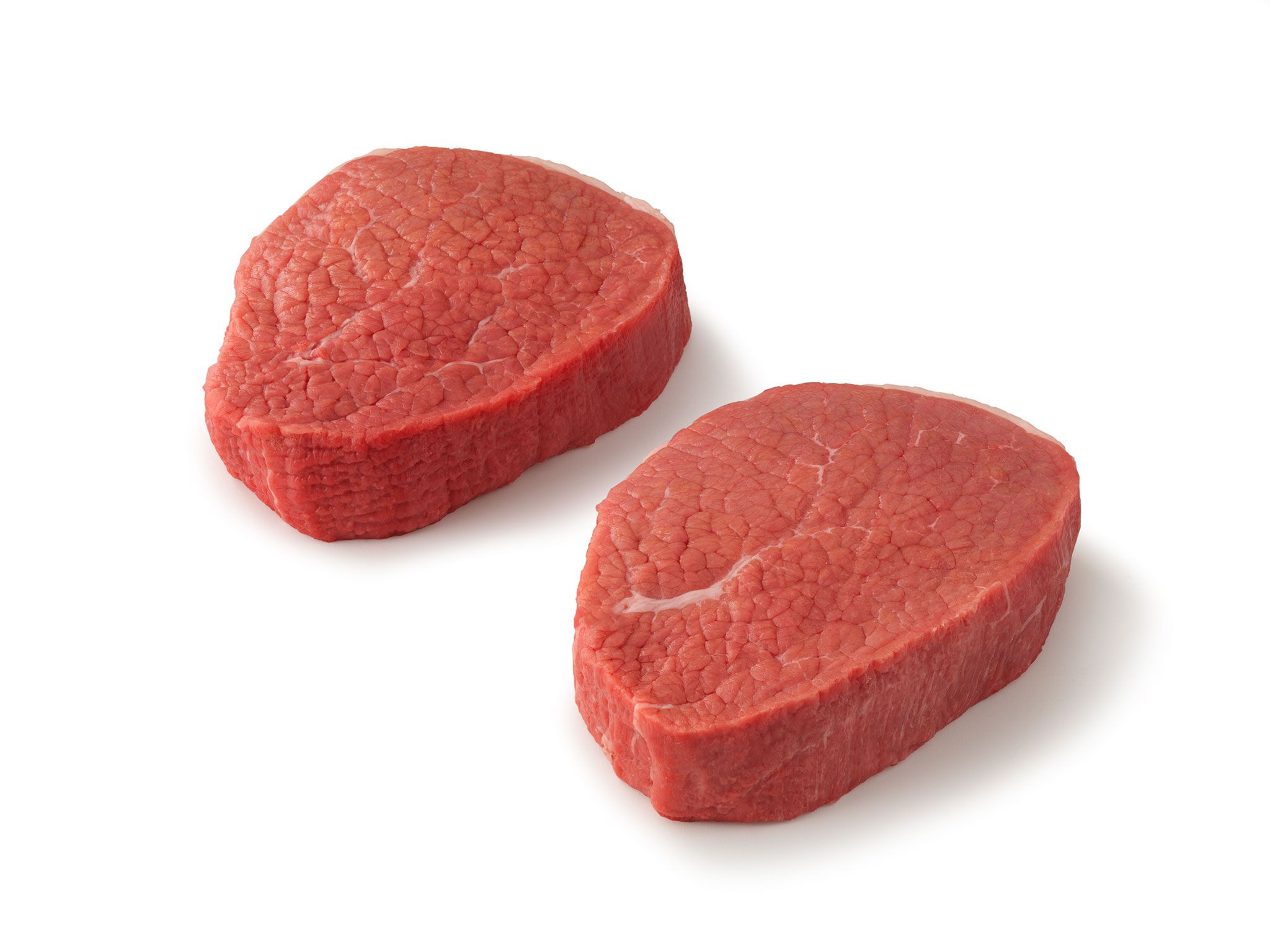How To Cut The Acidity In Tomato Soup
Tomato soup is a delicious and comforting dish that many of us enjoy. However, sometimes the acidity of the tomatoes can be overpowering, leaving you with a sour taste. Luckily, there are several simple tricks you can use to cut the acidity and balance the flavors in your tomato soup. Whether you’re cooking from scratch or using a pre-made soup, these tips will help you achieve the perfect balance of flavors.
1. Add a pinch of sugar
Sugar can help neutralize the acidity in tomato soup and bring out the natural sweetness of the tomatoes. Start by adding a small pinch of sugar to your soup, taste, and then adjust accordingly. Be cautious not to add too much sugar, as it may make the soup overly sweet.
2. Balance with dairy products
The creaminess of dairy products can help mellow out the acidity in tomato soup. You can add a splash of heavy cream, half-and-half, or even a dollop of sour cream to your soup. Stir well and taste as you go to achieve the desired level of creaminess.
3. Try a dash of vinegar
Counteracting acidity with more acidity may sound counterintuitive, but a small amount of vinegar can actually help balance the flavors. Add a dash of balsamic vinegar or red wine vinegar to your tomato soup and stir well. Start with a small amount, as a little goes a long way.
4. Incorporate roasted vegetables
Roasting vegetables, such as carrots, onions, and garlic, can bring out their natural sweetness and help cut the acidity in tomato soup. Start by roasting the vegetables until they are golden brown and then blend them into your soup. The roasted flavors will add depth and richness to your tomato soup.
5. Use low-acid tomatoes
If you’re making tomato soup from scratch, consider using low-acid tomatoes, such as Roma or San Marzano tomatoes. These varieties have a naturally lower acidity level, resulting in a milder and less tangy soup. They are also rich in flavor, making them ideal for tomato-based dishes.
6. Balance with herbs and spices
Herbs and spices can do wonders to balance the acidity in tomato soup. Consider adding a sprinkle of dried basil, oregano, or thyme to enhance the flavors and mask any overpowering acidity. Fresh herbs like parsley or cilantro can also add a burst of freshness to your soup.
7. Cook with a bit of baking soda
A tried-and-true method for reducing acidity in tomato-based dishes is to add a small amount of baking soda. Adding a pinch of baking soda can help neutralize the acid and make your tomato soup taste smoother. However, be cautious not to add too much, as it can alter the flavor of the soup.
Conclusion
With these simple tips, you can easily cut the acidity in your tomato soup and achieve a well-balanced and flavorful dish. Whether you prefer adding a pinch of sugar, incorporating dairy products, or experimenting with herbs and spices, don’t be afraid to get creative in the kitchen. Remember to taste as you go and make adjustments based on your personal preferences. With a little know-how, your tomato soup will be a hit every time!
Explore More: Delicious Recipes and Further Uses
For those who've mastered how to cut the acidity in tomato soup, the journey doesn't stop there. Explore a variety of tomato soup recipes that incorporate this newfound skill. Try the Creamy Tomato and Tortellini Soup Recipe for a rich and comforting dish, or the Tomato Bisque with Fresh Herbs Recipe to experience a burst of fresh flavors. For a unique twist, the Tomato and Saffron Soup Recipe is a must-try due to its exotic infusion of saffron. Each recipe offers a different way to enjoy your perfectly balanced tomato soup, ensuring your culinary skills shine through in every bowl.











